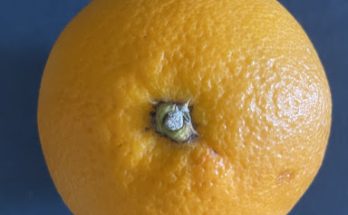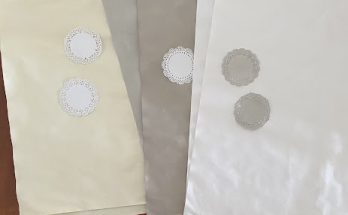By: Carrie Whitney, Ph.D. | Oct 21, 2020
From How Stuff Works
Update by Leaf Blogazine on 9th June 2023: The extensive Sri Lankan earthenware and pottery craft and production.
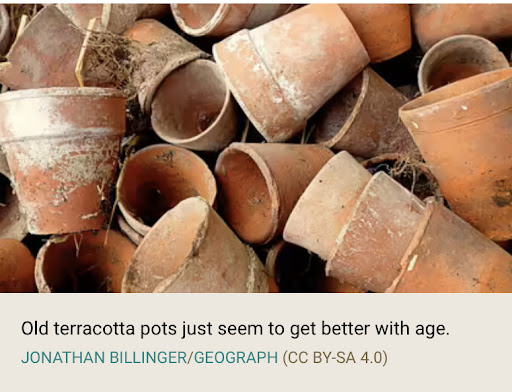
When it comes to durable materials, artists, architects and homebodies may need to look no further than terracotta (sometimes referred to as “terra cotta”). If you need proof, ask the army of terracotta soldiers from northwest China that was crafted more than 2,000 years ago. Or consider the Venus of Dolni Vestonice, the oldest-known terracotta sculpture, which dates from 26,000-24,000 B.C.E.
There are plenty of other ancient examples of terracotta use because humans have long understood the benefits of baked clay, which is the basic definition of terracotta. Today, this material can be found everywhere from roofs to gardens. However, even though it’s widely used, it’s not always clearly understood.
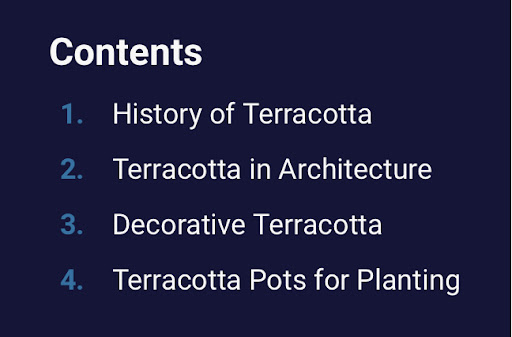
History of Terracotta
From Latin for “baked earth,” the term terracotta has been around since the 18th century. The practice of firing clay has been around much longer.
“Terracotta refers to a low-fired, porous ceramic that has been used for millennia,” explains Sarah Barack, head of conservation and senior objects conservator at Cooper Hewitt, Smithsonian Design Museum, in an email statement. “It generally has a reddish or pink color due to the iron in the clay, which oxidizes during the firing process.”
n simple terms, clay is the substance that comes from the earth. It can be mixed with other materials to make it better to work with, and these composites are called clay bodies. There are three main types of clay bodies: earthenware, stoneware and porcelain, according to Wesley Harvey, graduate coordinator and lecturer in ceramics, Ernest G. Welch School of Art & Design, Georgia State University.
Earthenware is a low-fire product, which means it’s fired at a low temperature – 1,800 to 2,100 degrees Fahrenheit (942 to 1,148 degrees Celsius). It can be red or white and when it’s red, we call it terracotta.
“The big difference between terracotta, porcelain and stoneware is that terracotta is never getting fired to a full vitrification,” says Harvey. Vitrification is when fired clay becomes glassy, hard and non-porous. So terracotta, when unglazed, remains porous, unlike porcelain.
Common around the world, historic examples of terracotta have been found from the Mediterranean, to sub-Saharan Africa, the pre-Columbian Americas, modern-day Pakistan and elsewhere.
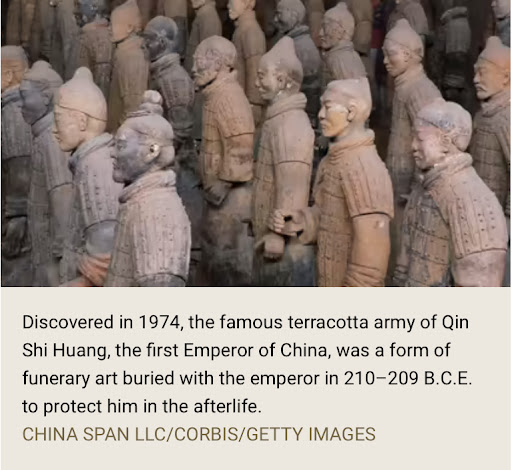
Terracotta in Architecture
The possibilities of terracotta go far beyond creating a standing army.
“It’s just such a flexible product,” says Alicia Cordle, ceramic engineer and design coordinator, Ludowici Roof Tiles. “You can do so many things with it.”
A familiar sight from Southern Europe to Southern Florida, terracotta roofs – also called clay tile roofs – provide long-lasting benefits.
“It’s really one and done for 100 years,” says Cordle. And from an energy standpoint, they are good at keeping the outside air where it belongs – instead of absorbing the heat into your home, clay roof tiles reflect heat back into the atmosphere. Color glazes expand the aesthetic possibilities and provide water resistance.
Terracotta makes an ideal solution for other areas of buildings too, like walls and floors. In fact, iconic structures like New York’s Flat Iron Building and Chicago’s Wrigley Building feature it, according to Architect Magazine.
Decorative Terracotta
Terracotta Pots for Planting
If early examples of terracotta point to decorative purposes, the fired clay is still used to make art and aesthetic functional pieces.
“Given the low-firing nature, the ceramic is not as brittle as higher fired wares, such as porcelain,” writes Barack. “It can be cast in a mold, hand-built or thrown on a wheel as with other clays. Expressive results can be achieved when artists work this clay with tools in a sculptural manner.”
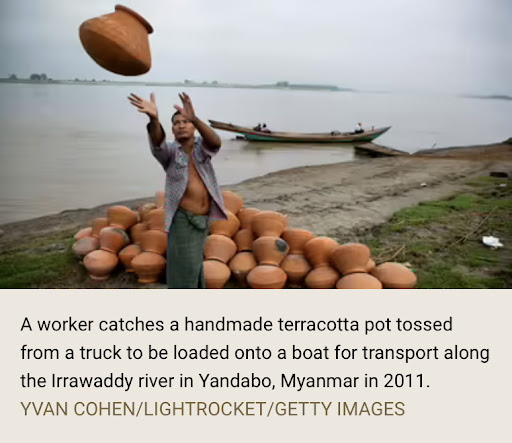
That means you can find fine art ceramics and vessels in terracotta. Harvey makes those, and he also creates functional objects like coffee mugs, plates and bowls, which he glazes, so the clay body will not soak up water – or coffee.
“The glaze acts like a barrier between the unvitrified terracotta and the liquid,” he explains.
Terracotta Pots for Planting
For many people today, terracotta calls to mind the classic terracotta plant pots. These can bring the gardener benefits other materials do not, writes Bonnie L. Grant, certified urban agriculturalist. The thick walls of a terracotta clay pot provide insulation from temperature changes. Porous terracotta pots breathe and allow excess moisture to evaporate.
“You can’t really overwater your plant because the clay body is going to soak up that water,” says Harvey. Preventing trapped water is also good for reducing the risk of diseases.
Not every plant is a fit for terracotta, cautions Grant. For those that crave consistently moist soil, terracotta may pull away moisture too quickly. Plus, after many years of soaking up moisture, the unglazed terracotta will even begin to fall apart.
If you do choose a terracotta pot, soaking it in advance is recommended. First, wash and clean the pot, then soak it in water overnight to hydrate the clay and protect the soil from drying out too quickly, according to Apartment Therapy. The idea is that if the pot is already moist, it won’t pull as much water from the soil. This step also helps prevent cracking.
Now That’s Interesting
With a few terracotta flower pots, some gravel and a grill, you can enjoy the flavors of a clay tandoor oven in your own backyard.
Update by Leaf Blogazine, 8th June, 2023:
Terracotta being earthenware that has been fired, I’m wondering if the Tudor style architecture famous for its colour being predominantly orange like that of Hampton Court and St. James’s Palace, where King Henry VIII, reigned supreme, was built with terracotta bricks. In my belief, the Tudor architecture spilled over to the later Jacobean architectural style, also known as English Baroque. Below is a pic of the possibility of orange bricks having been used in both aforementioned palaces having been true.
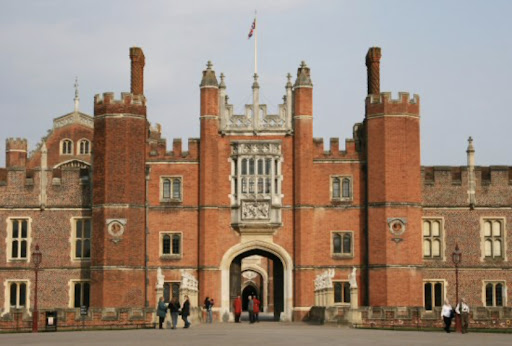
According to Wikipedia :
“Tudor period In England and Wales, the Tudor period occurred between 1485 and 1603 and includes the Elizabethan period during the reign of Elizabeth I until 1603. The Tudor period coincides with the dynasty of the House of Tudor in England that began with the reign of Henry VII. Historian John Guy (1988) argued that “England was economically healthier, more expansive, and more optimistic under the Tudors” than at any time since the Roman occupation.[1]”
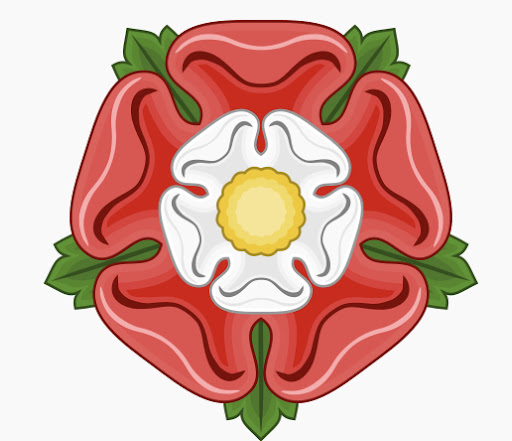
The red and white rose of the House of Tudor
Kensington Palace, possibly took its style from Tudor architecture. Well, I was not far wrong when I stumbled upon the following information while browsing the Internet:
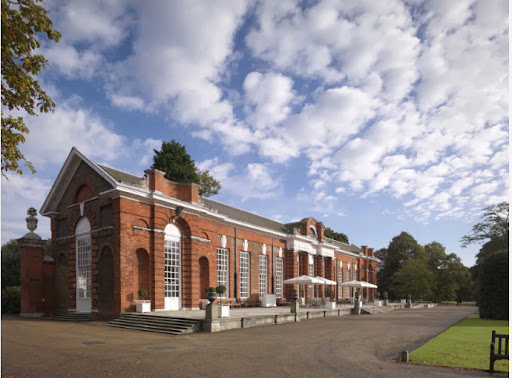
At Kensington in the summer of 1704 Anne, [Queen Anne,1702-14, albeit a short reign], conceived of a new ‘greenhouse’ with a terrace where she could grow trees and exotic plants in ceramic pots.
Her most extravagant gesture at Kensington is one of London’s most beautiful and perfectly formed buildings.
SUMMER PARTIES
Anne commissioned architects Sir Christopher Wren and Nicholas Hawksmoor to design an orangery which became far more than a greenhouse.
Young ‘upstart’ architect John Vanbrugh added details of his own. Inside, Grinling Gibbons carvings and elegant pillars created an airy and delightful space.
The Queen loved her Orangery, finished in 1705, and used it to host summer parties at Kensington.
DID YOU KNOW?
Anne also used the Orangery for the traditional Easter ceremony of distributing money to her deserving subjects.”
Apparently the Orangery had heating from beneath its boarded floors, which created an atmosphere befitting a conservatory, which it was at the time.
The Orangery at Kensington Palace is now open to the public to enjoy.
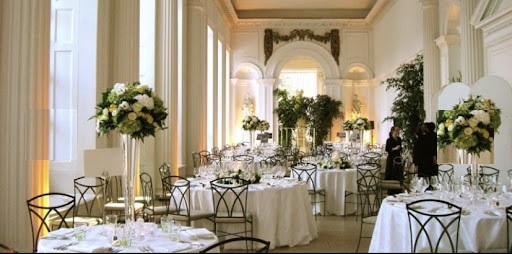
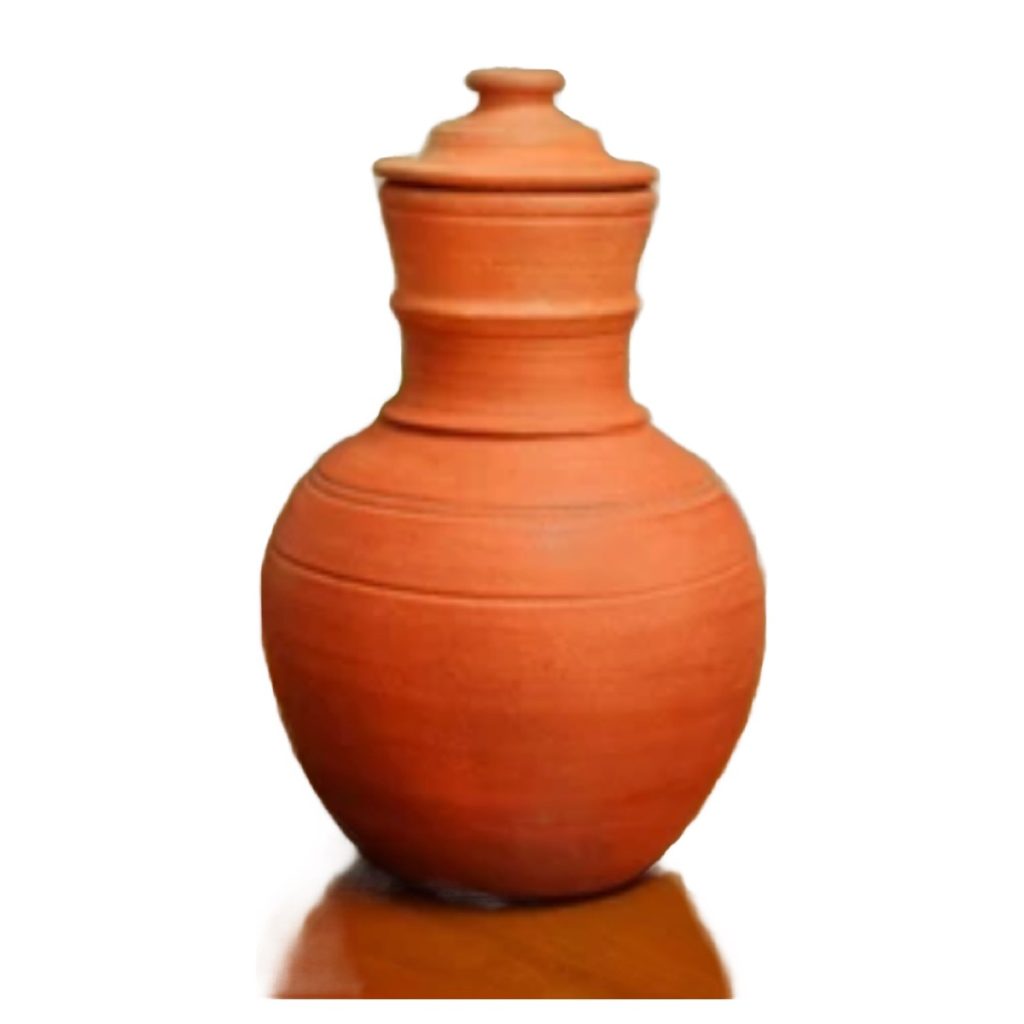
A Sri Lankan guruletthuva or earthenware hand-crafted vessel for storing drinking water.



